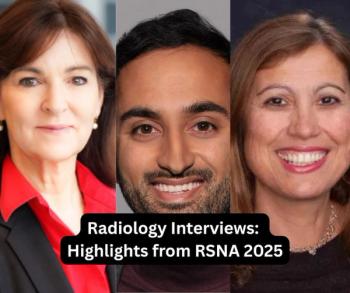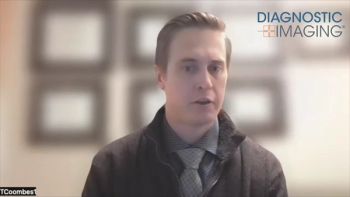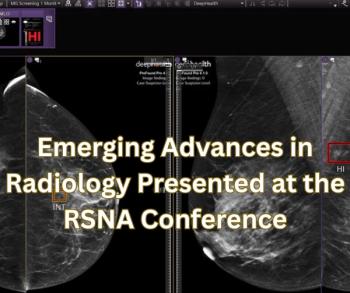
PUGs get vendors' attention
Birds of a medical feather flock together at the RSNA, Society for Computer Applications in Radiology, and other industry meetings, but systems users and administrators are apt to reap more benefit from a PACS user group, or PUG. Historically, user
Birds of a medical feather flock together at the RSNA, Society for Computer Applications in Radiology, and other industry meetings, but systems users and administrators are apt to reap more benefit from a PACS user group, or PUG.
Historically, user groups weren't much more than a means for users to complain. Corporate representatives were on hand to answer questions and take the group's pulse. That's changed.
"User groups are working harder at developing strategies to become a constituent that vendors cannot live without," said Patricia Whelan, PACS administrator at Massachusetts General Hospital and president of Agfa's PACS user group, APUG.
Ideally, PUGs offer a formal channel for customers of the same equipment vendor to develop system requirements, pursue problem resolution, and exchange ideas. PUGs can provide maps for institutions dealing with the challenge of PACS installation that might otherwise be flying a digital course without landmarks.
"This is the best opportunity to exchange information about progress and problems with our PACS vendor," said Charles E. Willis, Ph.D., PACS coordinator for Texas Children's Hospital in Houston. "It affords us an opportunity to explain our requirements directly to the vendor and to marshal the strength of multiple customers in getting changes and improvements to products and services. Understanding how fellow users deal with problems helps us avoid reinventing the wheel."
Sensible vendors will facilitate communication with customers. Many of the major PACS vendors, such as Agfa, Siemens, and Kodak, sponsor user groups. APUG, for example, meets for an all-day session just before SCAR and again for a luncheon at the RSNA meeting. Radiologists, information technology personnel, PACS administrators, technicians, and clinical staff are encouraged to participate.
"The primary benefit of a user group is to see what's working and what's not at other facilities," said APUG member Sally Grady, director of diagnostic imaging at Florida Hospital. "It gives us a chance to find out what new things people are doing. It also gives us an opportunity to hear from various groups within Agfa and learn what direction the product is taking."
Siemen's Sienet user group, SNUG, which consists of over 100 institutions, holds annual three-day meetings in April. The agenda is controlled by SNUG's board, which itself consists of eight users. Board secretary Rik Primo, Siemen's director of new business development, is the vendor's only representative.
"Each year, we provide feedback on how the requests of the previous year have been incorporated in new Siemens products and releases," Primo said. "We can prove that we incorporate more than 90% of all SNUG requests in a one-year turnaround."
Newsletter
Stay at the forefront of radiology with the Diagnostic Imaging newsletter, delivering the latest news, clinical insights, and imaging advancements for today’s radiologists.




























